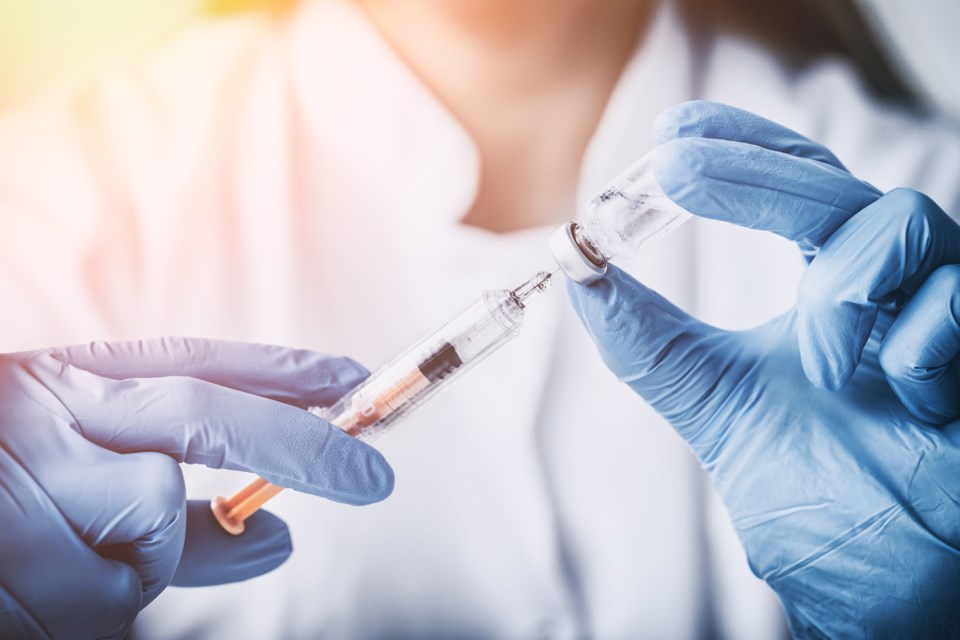A $15-million project involving five Canadian universities – including the University of Guelph – is looking at ways to help others be better prepared for the next big health emergency.
U of G professor Lawrence Goodridge will co-direct the INSPIRE project, which also involves researchers at the University of Windsor, the University of Waterloo, University of Toronto and York University.
A number of other partners will also be part of the four-year project, which got underway earlier this year.
Of the $15 million, U of G will get $3,862,503.
The university said in a release INSPIRE will “help the biomanufacturing and health sectors develop proactive strategies to mitigate the impact of infectious diseases and improve information sharing and technologies across borders.”
Goodridge said during COVID for example, we weren’t ready and there was a plastics shortage.
“We were trying to do surveillance for COVID, and we couldn’t get test kits because the reagents are in plastic tubes,” he said.
Same thing with vaccine development, he added. The reagents needed came in plastic tubes.
But plastic was just the tip of the iceberg.
“We saw more disruptions of supply chains, everything from clothing to food, all kinds of things,” Goodridge said.
The goal of this project, he said, is to advance wastewater surveillance capabilities so information can reach the supply chain quicker and they can become more aware of the potential of another health emergency.
With that knowledge, Goodridge added, companies can build resilience and be better equipped.
“Let’s say a Canadian company, for example, source and supplies (materials) from the US,” he said. “We know that during COVID, at one point the border was closed. (If) we start to see a signal of some agent (in the water), and there’s a potential for the border to be closed … that company can begin to make plans to source supplies.”
Part of upgrading wastewater detection is looking at testing right at the source.
“Currently, we collect wastewater and bring it back to our lab,” Goodridge said.
“That’s okay in Guelph, we go to the wastewater treatment plant, we can bring it back.”
In locations a bit more remote, it could take hours to just get a sample to a lab, and more time is needed to get results of that test.
So if remote sensors can be developed, and real-time data can be acquired, he said the process can be streamlined a bit more and information can be learned quicker.
“The goal is that if and when the next pandemic comes, should it be H5N1 or something else, we will not be caught as flat footed as we were with COVID,” Goodridge said. “And we’ll be able to better respond, and hopefully reduce disruptions.”
There are also plans to keep an eye on social media, look at feeds to see what could be happening in terms of an outbreak, and use artificial intelligence to forecast how it could impact the supply chain that might not be obvious to someone.
